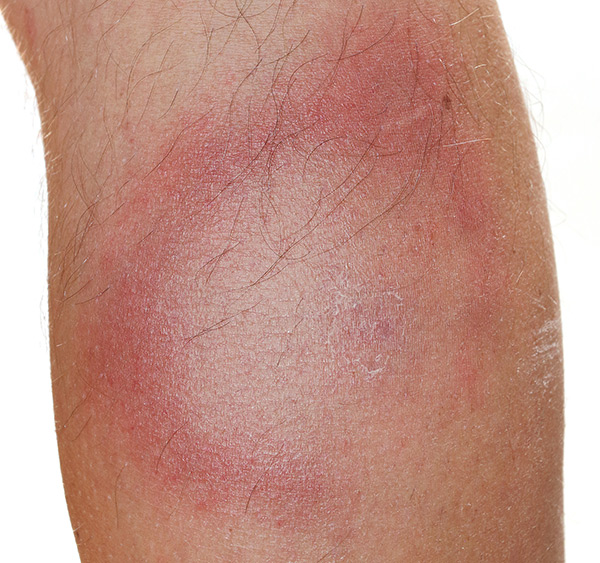The Undercounting of Lyme Disease We need accurate data about ticks, the infections they carry, and the number of tick-borne disease cases in all parts of the country.
T he CDC’s official count of approximately 30,000 Lyme disease cases per year in the U.S. has been a constant source of exasperation to the Lyme community. Even after the agency acknowledged some years back that it estimates the true figure to be 10 times higher—300,000+ cases per year—the annual “reported” number has remained in the 30,000 range. (Reported” actually means cases that meet the CDC’s rigid surveillance criteria, leaving out tens of thousands of diagnosed cases of Lyme disease because they don’t meet that high bar.)
For years, the agency has insisted that 95% of Lyme cases are found in just 14 states. For a long time, the Lyme disease page of the CDC website contained the following sentence: “This disease does not occur nationwide.” That wording was finally deleted last November, but the sentiment lives on.
Where you live — A huge barrier to access to care
The CDC continues to divide the country into what it terms high-incidence and low-incidence states for Lyme. If you live in a low-incidence state, you may find it practically impossible to get appropriate diagnosis and treatment for Lyme disease. Merely where you live becomes a huge barrier to access to care.
 Here’s why: the CDC has different case definitions for Lyme disease depending on your state. For instance, an Erythema migrans (EM) rash after a known tick exposure qualifies you for a Lyme diagnosis only if you’re in a high-incidence state. If you’re in a low-incidence state, you could have a known tick bite, a raging EM rash, as well as multiple symptoms of Lyme disease—and none of it would count. You’d only officially qualify as having Lyme if you also tested positive via the CDC’s highly problematic two-tier lab testing. (There are many reasons why a person who actually has Lyme can “flunk” that test.)……. Join or login below to continue reading.
Here’s why: the CDC has different case definitions for Lyme disease depending on your state. For instance, an Erythema migrans (EM) rash after a known tick exposure qualifies you for a Lyme diagnosis only if you’re in a high-incidence state. If you’re in a low-incidence state, you could have a known tick bite, a raging EM rash, as well as multiple symptoms of Lyme disease—and none of it would count. You’d only officially qualify as having Lyme if you also tested positive via the CDC’s highly problematic two-tier lab testing. (There are many reasons why a person who actually has Lyme can “flunk” that test.)……. Join or login below to continue reading.





























